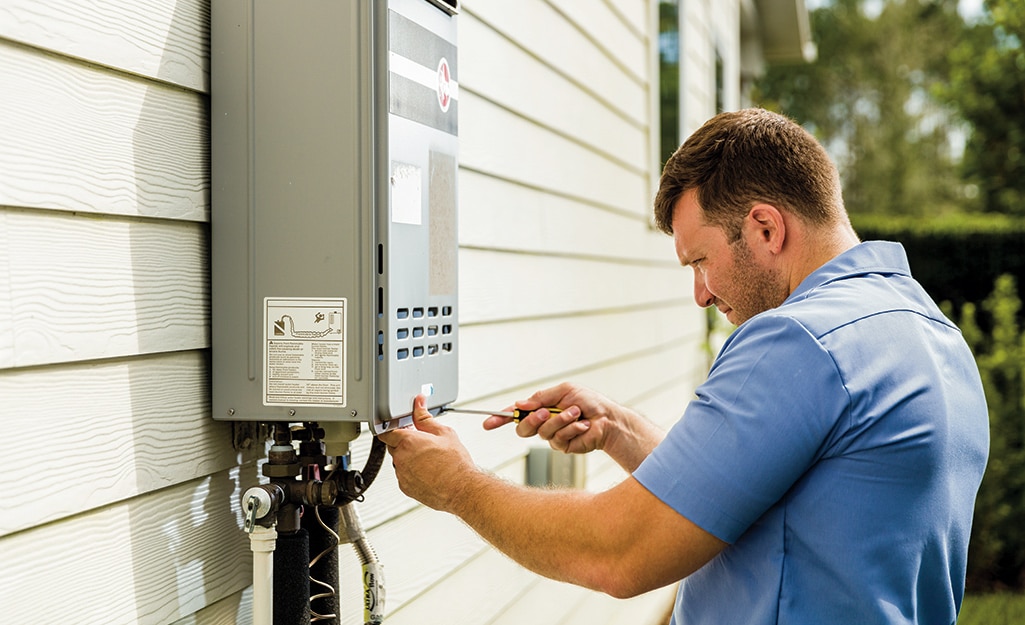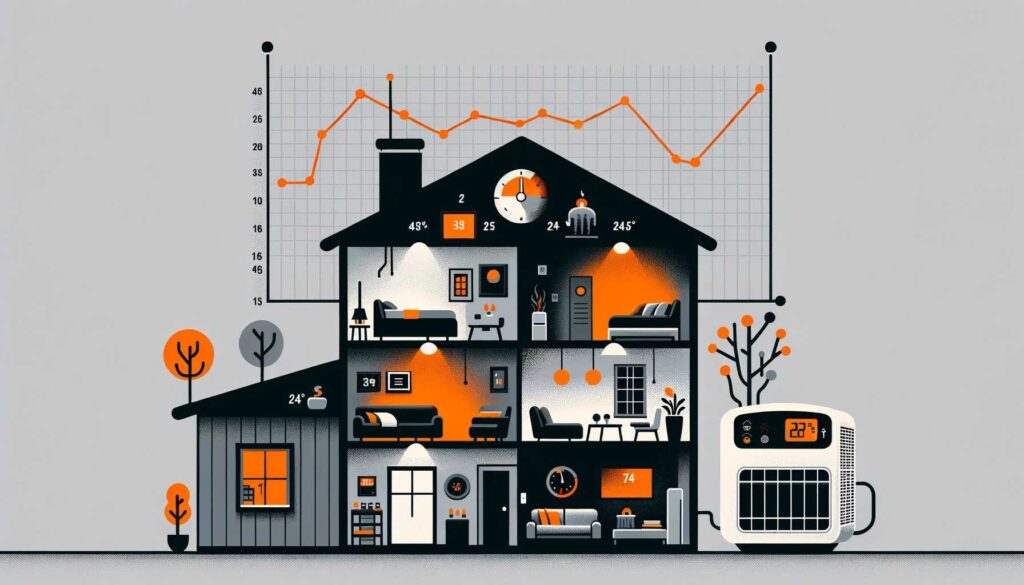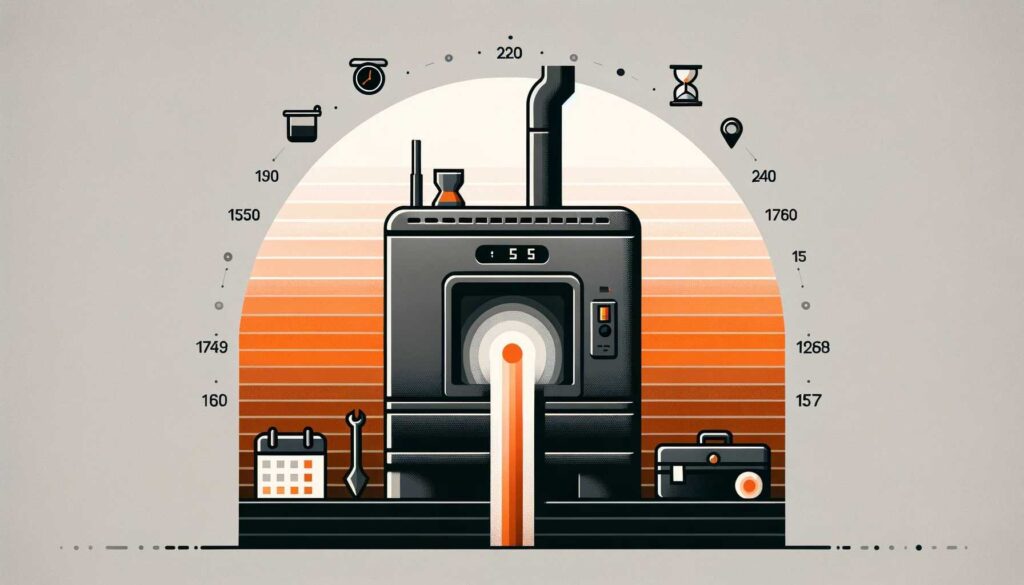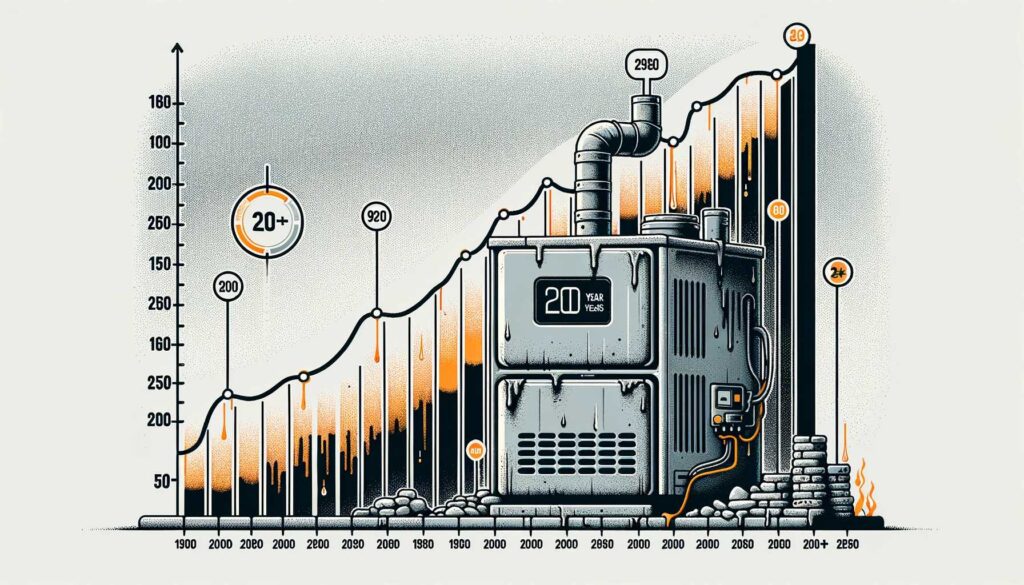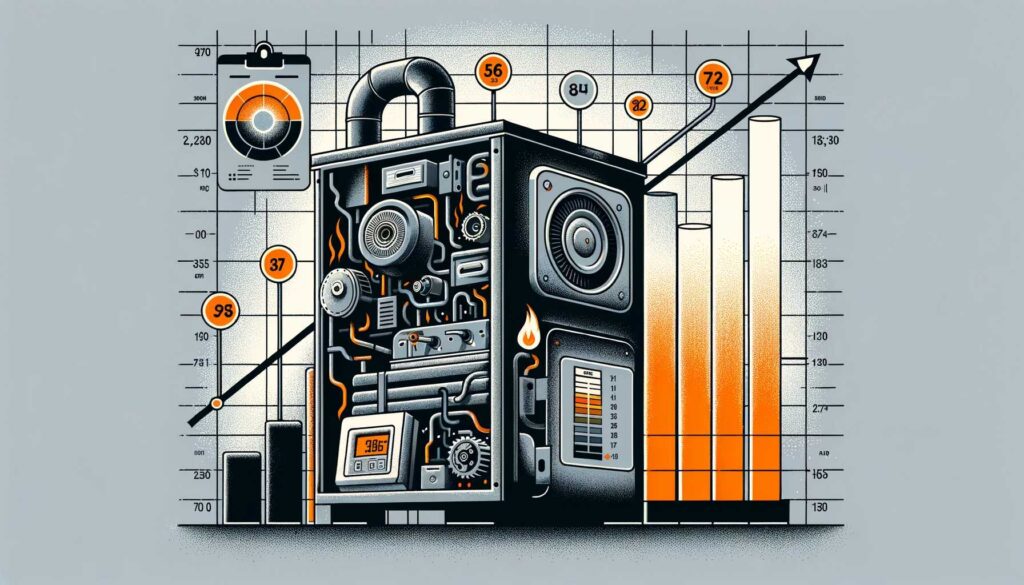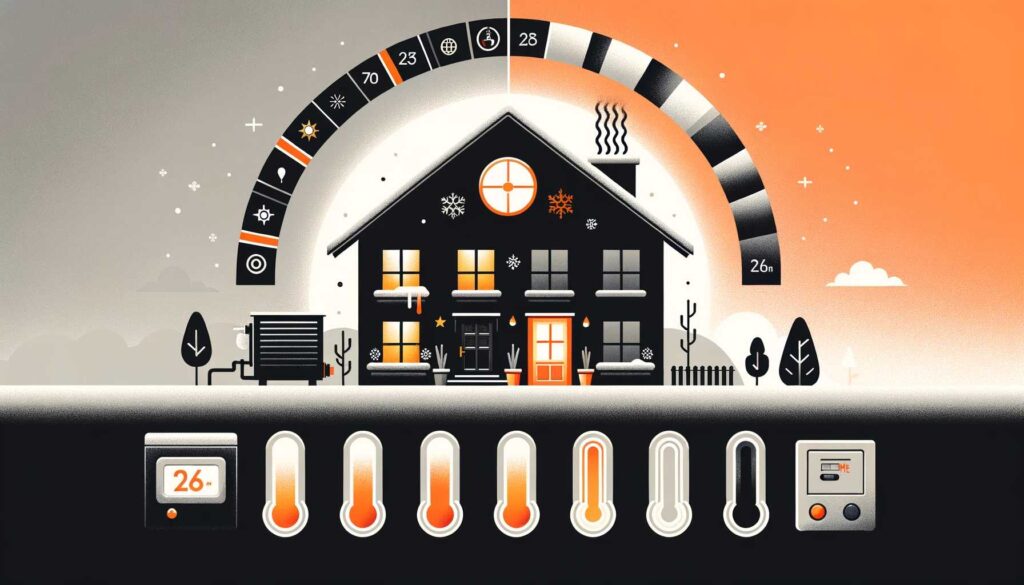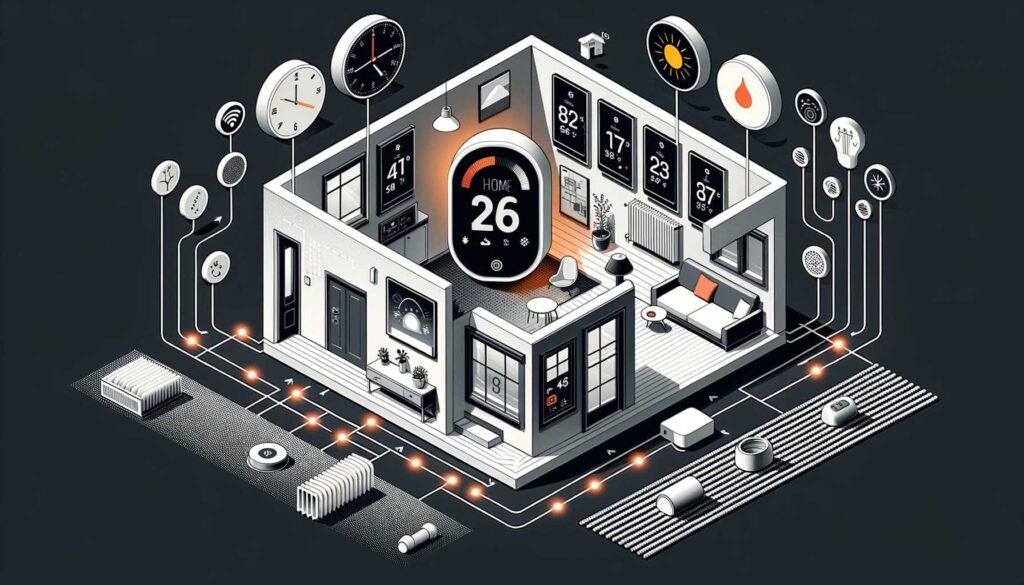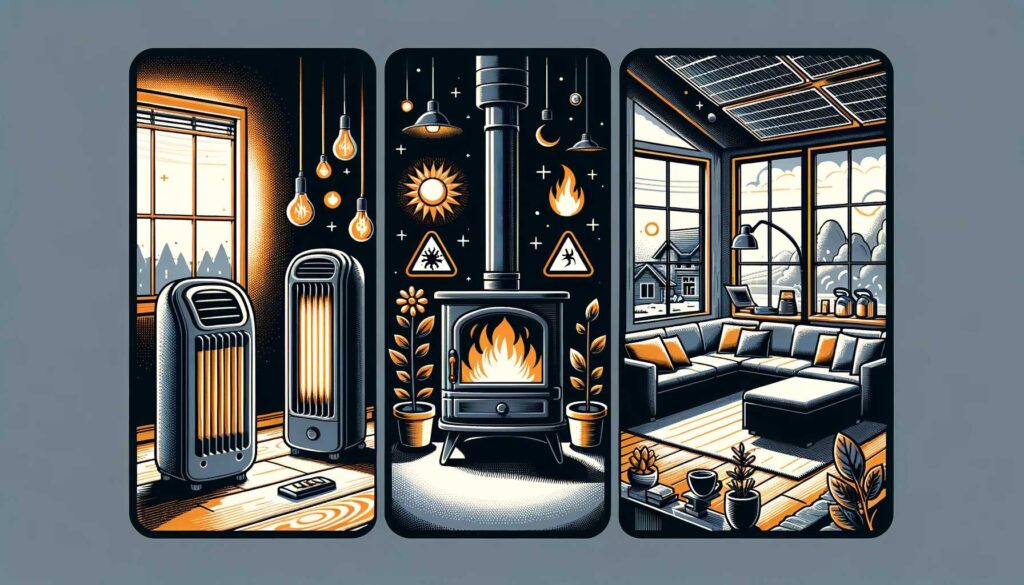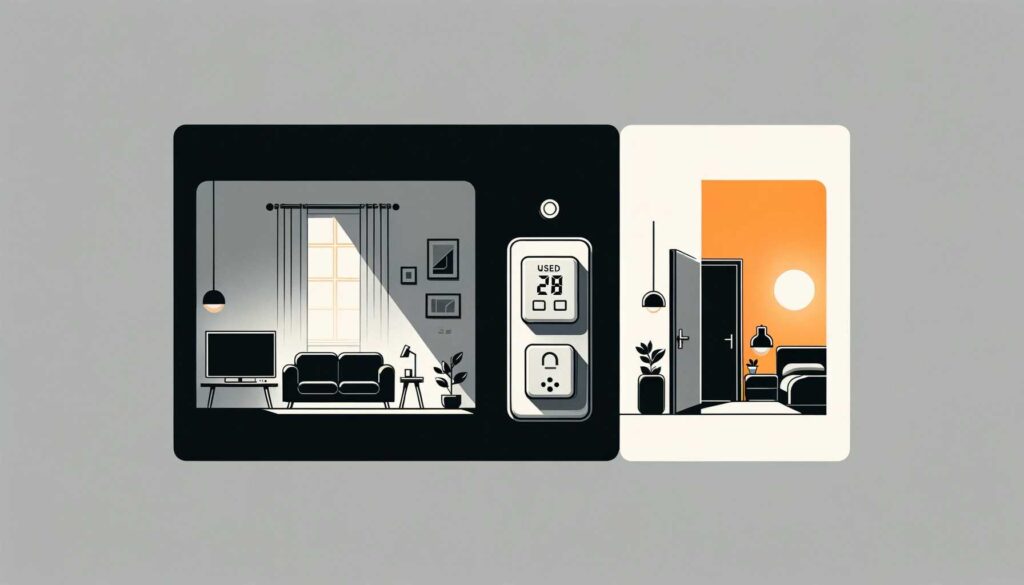Nearly 70% of homeowners don’t realize the hidden potential lurking in their basement furnace rooms, often ignoring the possibility of installing a cozy fireplace, optimizing closet space, upgrading appliances, or enhancing the floor design. Transforming this often-overlooked living room or utility room space not only boosts your home’s functionality but can add a dash of personal flair to these essential spaces, including the kitchen. Think beyond storage and imagine a living room or utility room where design meets practicality; an area that reflects your style while keeping the heart of your home’s warmth ticking efficiently, even extending those ideas to your basement furnace room. These spaces should not only be functional but also encapsulate the essence of your personal aesthetics. From clever cabinet installations in your utility room that whisper convenience to lighting choices in your home theater that cast an inviting glow, we’ll reveal how to infuse life into every chamber and space. This post will guide you through maximizing space in your utility room and laundry room with smart design touches, creating an atmosphere in your house that makes even the sun envious, all while ensuring easy access for essential maintenance and the perfect setup for a cozy home theater.
Exploring Basement Furnace Room Potential
Transforming a basement furnace room into a home theater can be challenging yet rewarding for your house with innovative ideas. It’s about maximizing space in the utility room and ensuring safety in the basement furnace room, while considering multi-functional use as a laundry room in the house.
Assess Space Layout
Every inch counts in a basement furnace room. Start by measuring the area around your furnace. This helps you understand how much space you have to work with in your house, particularly if you’re considering utility room or laundry room upgrades, or basement furnace room ideas. Remember, in your house, furnaces in the utility or laundry room need clearance for safe operation and maintenance access, ensuring your room ideas incorporate this essential space.
Think creatively about using vertical space. Incorporating room ideas into your house, shelving units above and around the laundry room furnace can store items without interfering with its function. When implementing your basement furnace room ideas, just ensure these do not block any vents or controls, especially if you’re integrating a laundry room.
Safety Considerations
Safety is paramount in a basement furnace room. Keep flammable materials like paper, paint, and gasoline far from the furnace. Incorporate basement furnace room ideas by installing smoke detectors and carbon monoxide alarms as an added precaution.
Regular maintenance checks are crucial too. A well-maintained furnace is less likely to cause accidents or health issues.
Multi-Use Spaces
A basement doesn’t have to serve one purpose alone. With clever design, your furnace room can double up as a workspace or storage area.
Consider adding a foldaway workstation in your basement furnace room. This saves space while providing a practical area for hobbies or home office tasks.
For storage solutions, think modular furniture that can be adapted as needs change over time. Benches with built-in storage are both functional seating options and organizational gems.
Creative Makeovers for Furnace Rooms
Transforming a furnace room can be exciting. With the right ideas, it becomes a hidden gem in your home.
Decorative Screens and Panels
Imagine walking into your furnace room and instead of seeing bulky equipment, you’re greeted by an elegant decorative screen. These screens or panels are not just practical; they add an artistic touch to the space. They come in various materials like wood, metal or even fabric. You could choose one that complements your living room or kitchen design.
For example, a wrought iron panel with vine patterns can bring a rustic charm. Or, if you prefer modern vibes, geometric wooden screens painted white match well with white walls.
Lighting Fixtures Ambiance
Lighting transforms rooms. In the furnace room, it’s no different. The right lighting fixtures can turn this utilitarian space into an inviting area. Forget about the single bulb hanging from the ceiling.
Opt for wall sconces or LED strip lights that cast a soft glow over the appliances. This not only makes the space feel warmer but also more spacious. If you have themed your makeover, choose lights that enhance this theme – perhaps vintage lamps for an old-world look or sleek spotlights for a contemporary feel.
Themed Makeover Guide
Selecting a theme ties all your ideas together. It guides your choices in decor, color schemes and even functionality. Maybe you want to convert part of the space into a home theater? Dark paint on walls and plush seating could create that cinema atmosphere.
Alternatively, imagine transforming it into a cozy reading nook with bookshelves and comfortable chairs nestled beside the warmth of the furnace. Themes help create continuity between this often-overlooked room and the rest of your house.
Integrating Laundry Spaces with Furnace Areas
Transforming a furnace room into a dual-purpose space takes creativity. It’s about blending the practicality of laundry tasks with the presence of heating equipment.
Cohesive Design Approach
Creating harmony between your washing machine and furnace is key. Think about color schemes that work well together. Soft, neutral colors can make both areas look unified. Add cabinets or shelves in similar styles around both appliances to tie the room together.
A cohesive design also includes flooring choices. Durable tiles or vinyl can withstand traffic and are easy to clean. They should extend seamlessly from the laundry zone to the furnace area.
Efficient Workflow Planning
The layout is crucial for an efficient routine. Place the washing machine and dryer near each other for convenience. The furnace should be accessible but not in the way of your daily laundry tasks.
Consider how you move around the space. There should be enough room to open appliance doors fully without obstruction. A folding station or ironing area might also fit into this plan if space allows.
Noise Reduction Materials
Dual-purpose rooms need smart material choices for peace and quiet. Insulation panels on walls can dampen sound from both laundry machines and furnaces. Look for materials like foam or fiberglass that are designed for noise reduction.
Carpet tiles or rugs can help too, absorbing sound where hard surfaces would amplify it.
Industrial Style Inspirations for Furnace Room Aesthetics
Transform your furnace room into an industrial masterpiece by embracing the raw elements of your space. Use exposed pipes, metal accents, and a sleek color scheme to create a modern and stylish area.
Exposed Pipes Design
Your furnace room likely has pipes and ductwork running through it. Instead of hiding these features, make them part of the design. Paint them with a matte finish to blend in or a bright color to stand out. This can give the room an edgy look that’s both functional and aesthetically pleasing.
Consider lighting fixtures that mimic piping for an extra touch. Edison bulbs can add warmth and complement the industrial theme.
Metal Accents Vibe
Metal is key in industrial design. Choose furniture with metal frames or incorporate metallic decorations to enhance the vibe. Shelving units made from iron or steel can be both practical and visually appealing.
You might also consider metal wall art or sculptures. These pieces can bring texture and dimension to your furnace room while staying true to the industrial style.
Monochromatic Color Scheme
A monochromatic color palette works well in an industrial setting. Think shades of grey, black, and white for a clean look that emphasizes other design elements. You could paint walls grey or have concrete flooring for authenticity.
Furniture in similar tones will unify the space without overwhelming it with color. This simplicity allows the unique features of your furnace room to truly shine.
Innovative Storage Solutions for Furnace Rooms
After exploring industrial styles, let’s focus on practical storage in the furnace room. Built-in cabinets and overhead systems offer space-saving solutions, while fire-resistant materials ensure safety.
Built-In Cabinets
Imagine opening your furnace room to see a neatly organized space. Installing built-in cabinets around your furnace transforms clutter into order. These cabinets can be custom-fitted to maximize every inch of available area, ensuring that tools, cleaning supplies, and other household items have a designated spot.
Cabinets not only hide unsightly items but also protect them from dust and damage. By choosing materials like metal or heat-treated wood, you add an extra layer of safety against potential fire hazards.
Overhead Systems
Look up, and you’ll find untapped potential for storage. The ceiling in your furnace room is ideal for hanging storage systems. This strategy is perfect for seasonal items that you don’t need to access regularly, like holiday decorations or camping gear.
Installing sturdy hooks or racks provides a home for these once-troublesome items. It keeps the floor clear and makes cleaning easier. Plus, using overhead space smartly can make the room feel larger and more open.
Fire-Resistant Storage
Safety should never take a back seat when storing items near a heat source. Recommending materials that resist high temperatures is crucial for close proximity storage around a furnace. Metal shelves are an excellent choice as they don’t catch fire easily and can withstand extreme conditions.
When selecting shelving units or closets near the furnace, it’s always better to prioritize products with proven fire resistance ratings. This approach not only secures your belongings but also gives you peace of mind.
Country Chic and Cozy Decor for Furnace Spaces
Transform your furnace room into a rustic retreat with wood finishes, vintage accessories, and soft lighting. These elements combine to create an inviting country chic atmosphere.
Rustic Wood Finishes
Wood brings warmth to any space. In a furnace room, it adds both function and fashion. Think about installing wooden beams across the ceiling or using reclaimed wood for shelving. This not only looks great but also provides practical storage options that complement the cozy vibe.
Vintage Accessories Charm
Vintage pieces tell a story. They add character to the country chic decor of your furnace room. Hunt for old metal signs, antique tools, or classic framed artwork at flea markets or thrift stores. Each piece should feel like it has a history behind it, making your space unique.
Warm Soft Lighting
Lighting is key in creating ambiance. Soft light fixtures with a warm glow make the furnace room feel welcoming. Consider wall sconces with Edison bulbs or a small chandelier with dimmer control to adjust the mood as desired.
Multipurpose Basement Designs Including Furnace Rooms
Transforming a basement into a cozy and chic area is just the start. Now, let’s explore how to integrate entertainment zones with your furnace room for a multipurpose space that suits all your needs.
Entertainment Meets Function
Basements often serve as the family play zone. But what about that big, bulky furnace? You don’t have to choose between fun and function. Picture this: Your friends cheer during game night while the furnace hums quietly behind a sleek partition wall. That’s right, you can have both.
A clever design trick is using furniture as dividers. A large bookcase can separate the pool table from your heating unit without missing a beat in style or accessibility. By choosing pieces that complement the rest of your decor, like those mentioned in our “Country Chic and Cozy Decor for Furnace Spaces” section, you maintain continuity throughout your basement.
Smart Zoning Techniques
Zoning is key in a multipurpose basement. It’s not just about slapping up walls; it’s about creating flow. Use rugs and lighting to define different areas without closing off space entirely. For example, soft floor lamps can illuminate reading nooks while keeping them distinct from workout areas or home offices.
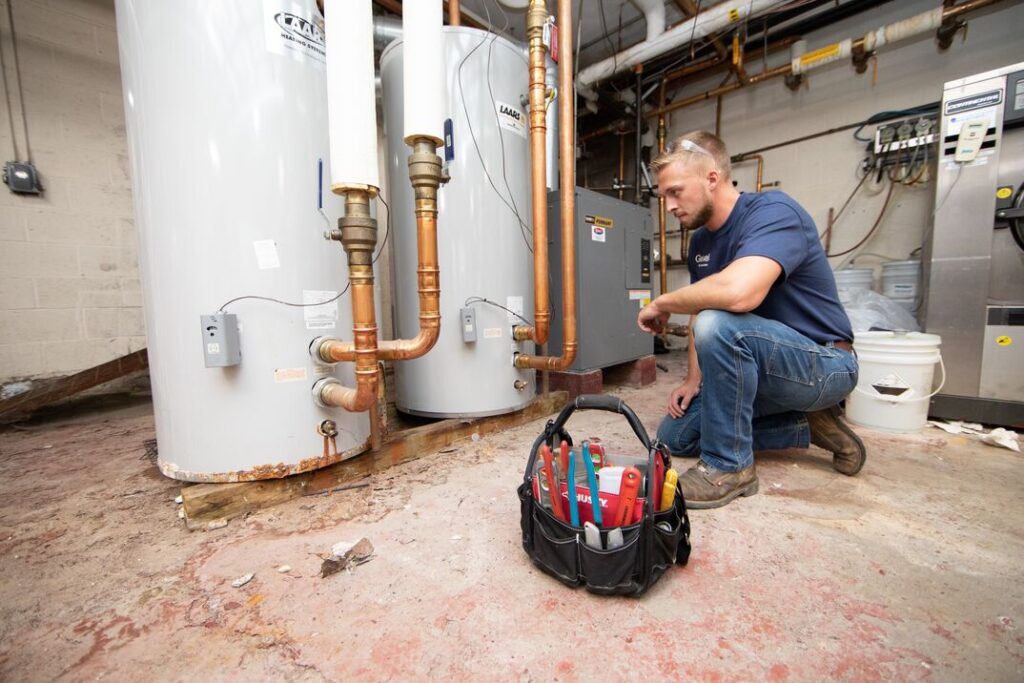
Consider installing sliding doors or curtains for flexibility; open them up when you need more room or close them for privacy during movie nights or when guests stay over. This approach helps manage noise too — important when you’re trying to watch TV but someone else wants to practice drums.
Flexible Furniture Choices
Furniture should be as adaptable as your basement layout. Opt for foldable chairs and tables that are easy to move around or tuck away when not needed — perfect for hosting parties one day and providing extra walking space the next.
Modular sofas are another great choice; they can be rearranged into different configurations depending on whether you’re lounging with family or hosting a book club meeting. The goal is versatility without sacrificing comfort or style.
Efficient Space Management Techniques for Furnace Areas
We’ve discussed multipurpose basement designs. Now, let’s focus on optimizing the furnace area.
Maximize Vertical Storage
Tall storage units can transform your furnace room. They use less floor space and reach upwards. This is perfect for storing seldom-used items or seasonal decorations.
Install shelves from floor to ceiling. Choose adjustable ones to fit different item sizes. You could even add a rolling library ladder for easy access to higher shelves.
Sliding Doors and Curtains
Sliding doors save more space than traditional ones. When open, they don’t interfere with your room layout. They also add a sleek look to your furnace room.
Curtains are another smart option. They can quickly conceal your furnace or storage areas when needed. Choose durable materials that withstand the heat and humidity often found in these spaces.
Organize Tools and Items
A well-organized tool area is crucial in a furnace room. It makes maintenance tasks easier and safer.
Use pegboards or magnetic strips for hand tools. These keep tools visible and within reach without cluttering work surfaces.
Place frequently used maintenance items on lower shelves or bins. Label everything clearly to avoid confusion during urgent repairs.
Design Considerations for Utility Rooms with Furnaces
Utility rooms with furnaces require thoughtful design to ensure safety and efficiency. Balancing aesthetics, maintenance access, and material durability is crucial.
Proper Ventilation Is Key
The heart of a utility room’s design is its ventilation system. A furnace needs to breathe. Without proper airflow, dangers like carbon monoxide buildup can occur. Homeowners should incorporate vents or air ducts that lead outside.
Ventilation isn’t just about safety; it also affects the furnace’s performance. Good airflow helps the system run efficiently, saving money on energy bills.
Aesthetics Plus Accessibility
Utility rooms don’t have to be dull. With smart design choices, they can be visually appealing while still being practical. Think about adding a fresh coat of paint or some artwork on the walls.
However, never sacrifice accessibility for style. Furnace maintenance is vital for longevity and safety. Ensure there’s enough space around the furnace for technicians to work comfortably.
A balance between looks and functionality is achievable. Use decorative panels that can be easily removed when it’s time for a check-up or repair.
Choose Durable Materials
Furnaces generate heat which affects their surroundings. It’s important to select materials that can withstand this environment.
For flooring, ceramic tiles are a great option because they’re heat-resistant and easy to clean. Avoid using carpets as they can harbor dust and affect air quality.
Walls need attention too. Heat-resistant paint not only protects the walls but also keeps them looking good over time.
Conclusion
Transforming your furnace room from a forgotten corner into a hub of home efficiency and style is more than just a trend—it’s a smart move. We’ve journeyed through the potential of basement furnace rooms, from chic country coziness to slick industrial vibes, all while keeping your space tidy with innovative storage hacks. Whether you’re meshing laundry with heating equipment or carving out a multipurpose nook, it’s clear that your furnace room can be as much a reflection of your personal taste as any other space in your home.
Don’t let the heat stay in the furnace—ignite your creativity and give that utility space the makeover it deserves. Ready to crank up the style dial on your furnace room? Share your transformation stories or snap a pic of your revamped area and show us how you’re redefining this often-overlooked space. Let’s turn up the inspiration together!
Frequently Asked Questions
Can I transform my furnace room into a multipurpose space with a cozy fireplace, an immersive home theater, updated appliances, and a redesigned floor?
Absolutely! With clever design, your furnace room can serve multiple functions like a laundry area, storage space, or even a cozy nook.


